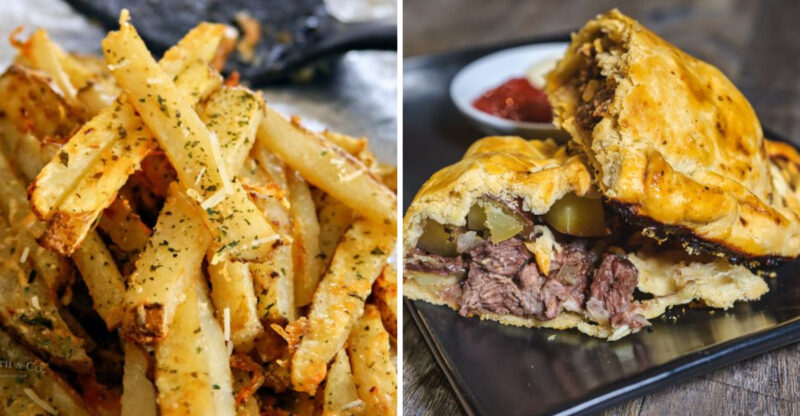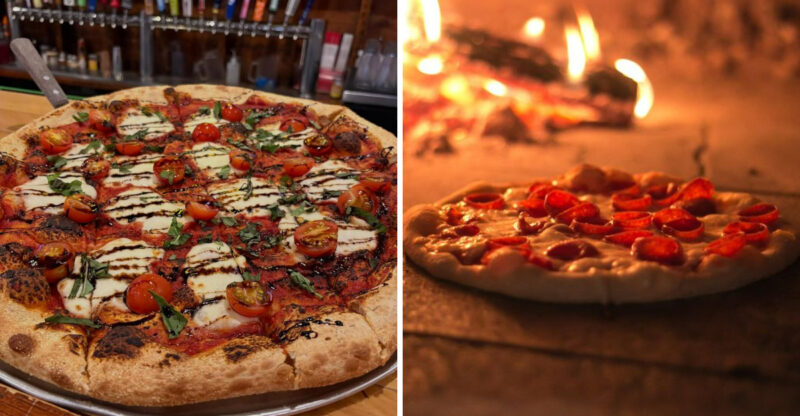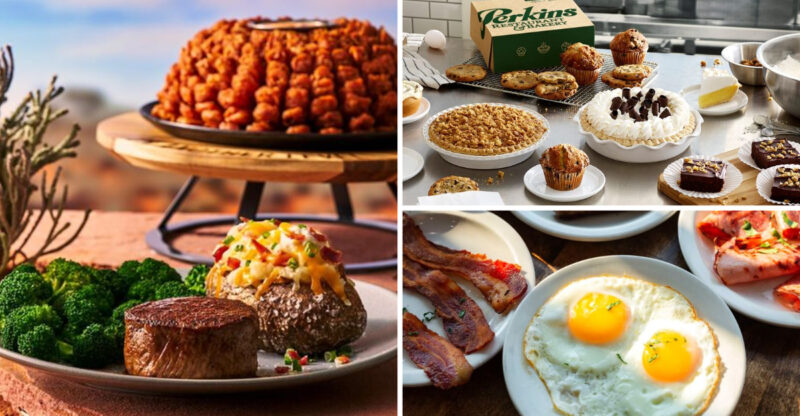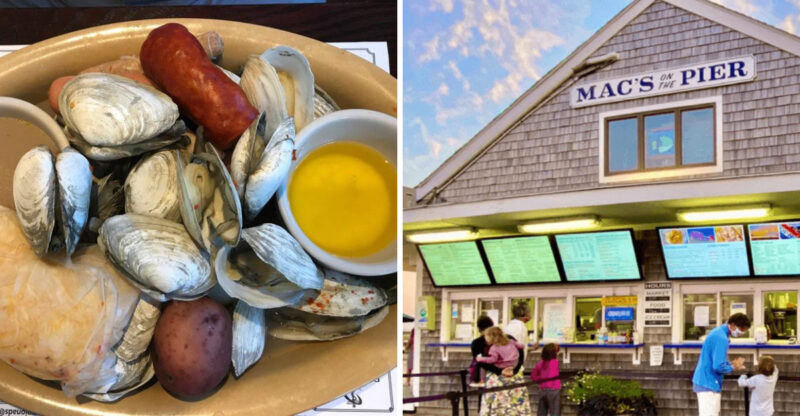California Schools Prepare For A Ban On Ultraprocessed Foods
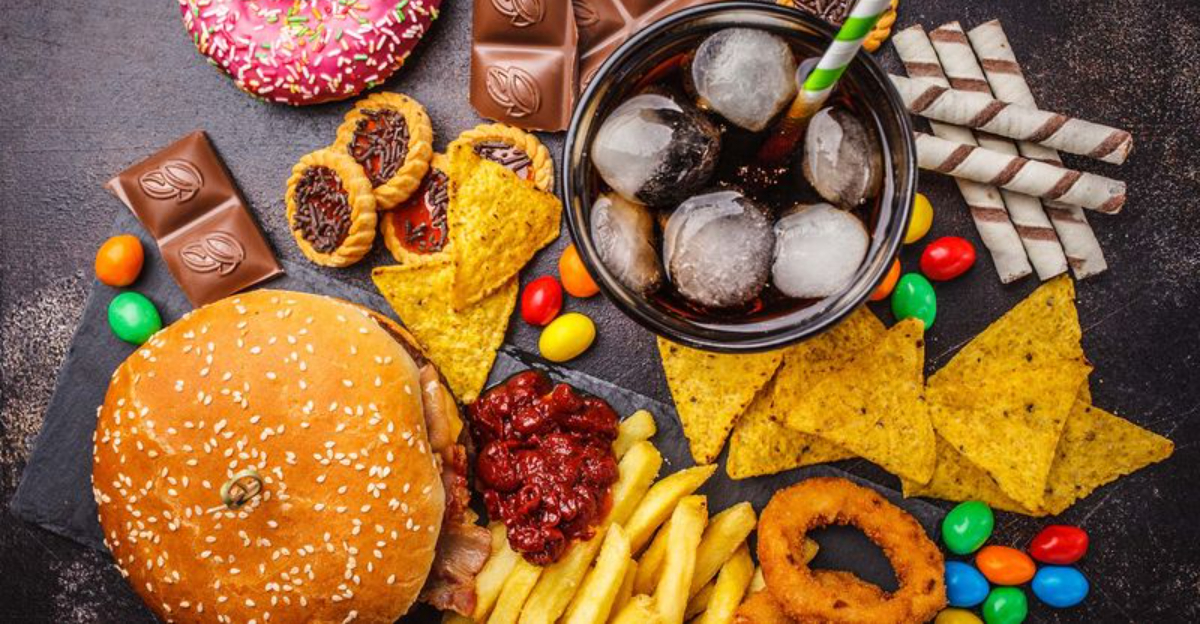
Change is coming to the lunchroom. Trays get lighter, colors turn brighter, and the day tastes a little cleaner. In California, schools prepare to pull ultraprocessed staples and bring real cooking back to the line. Fresh fruit on ice. Whole grains that hold their shape.
Proteins seasoned in-house instead of sealed in plastic.
The goal is simple: food that fuels minds as well as bodies. Kids notice the difference. Teachers feel it by afternoon. Families recognize flavors they trust. If districts commit, California can turn cafeterias into kitchens again and set a new standard for how students eat at school.
1. Sugary Breakfast Cereals
Bright colors and cartoon mascots make these morning staples tempting, but many breakfast cereals pack more sugar than a cookie. Some varieties contain artificial dyes and additives that schools are now questioning.
Kids might feel an energy spike after eating them, followed by a crash before lunchtime. Whole grain options with minimal added sugar offer better fuel for learning and concentration throughout the morning.
2. Fruit Juices And Flavored Milks (High Added Sugar)
Chocolate milk and fruit punch seem like harmless drink choices, yet they often contain as much sugar as soda. Even 100% fruit juice lacks the fiber found in whole fruit.
These beverages can contribute to energy crashes and make it harder for students to focus during afternoon classes. Plain milk or water hydrates better without the sugar overload that affects mood and attention.
3. Deep-Fried Processed Items Like Chicken Nuggets
Golden and crispy on the outside, these popular lunch items often contain heavily processed meat mixed with fillers and preservatives. Deep frying adds extra fat and calories without much nutritional benefit.
The breading soaks up oil, creating a heavy meal that can make students feel sluggish. Baked chicken strips or grilled options provide protein without the excessive processing and unhealthy fats.
4. Tater Tots And Similar Fried Potato Products
Crunchy and satisfying, these fried potato bites are cafeteria favorites that pack a lot of oil and salt. Processing strips away much of the potato’s natural nutrition while adding unhealthy fats.
Regular consumption contributes to excess sodium intake, which affects blood pressure even in young people. Baked potato wedges or roasted vegetables offer similar comfort with more vitamins and less grease.
5. Sweetened Beverages (Sodas, Sports/Energy Drinks)
Fizzy sodas and brightly colored sports drinks promise refreshment but deliver empty calories and artificial ingredients. Energy drinks add caffeine levels that aren’t appropriate for growing bodies.
The sugar rush these beverages create leads to crashes that interfere with learning and physical activity. Water fountains and plain milk provide hydration without the additives that can affect behavior and health.
6. Processed Meats (E.G., Hot Dogs, Pepperoni, Bologna)
Hot dogs at lunch might feel like a treat, but processed meats contain preservatives like nitrates and high sodium levels. These ingredients help products last longer on shelves but offer little nutritional value.
Regular consumption has been linked to health concerns over time. Fresh turkey, chicken, or plant-based proteins give students better options for sandwiches and meals without the chemical additives.
7. Candy And Premade Dessert Bars Heavy In Dyes/Emulsifiers
Vibrant colors make these sweet treats eye-catching, but artificial dyes and emulsifiers give them their appearance and texture. Sugar content often exceeds what kids need for an entire day.
Some research suggests certain dyes may affect behavior and concentration in sensitive children. Fresh fruit, yogurt, or homemade treats satisfy sweet cravings with nutrients that support growing bodies and minds.
8. Frozen/Packaged Pizzas With Additive-Laden Meats/Cheese
Pizza day is popular, but frozen varieties often use cheese products and processed meats loaded with preservatives and sodium. The convenience comes at the cost of nutrition and freshness.
Additives help these pizzas survive freezing and reheating while maintaining texture. Schools exploring fresh-made options with whole grain crusts and real vegetables give students a healthier version of this beloved meal.
9. Snack Cakes, Toaster Pastries, And Similar Ultra-Processed Sweets
Individually wrapped and shelf-stable for months, these breakfast and snack items rely on preservatives and artificial flavors. They provide quick energy from sugar but lack the nutrients students need for sustained focus.
The long ingredient lists reveal multiple additives that extend shelf life. Whole grain muffins, fresh fruit, or granola bars with recognizable ingredients offer sweetness with better nutritional value.
10. Fruit Snacks/Gummies With Artificial Colors/Flavors Or Non-Nutritive Sweeteners
Marketed as fruit-based, these chewy snacks often contain more artificial ingredients than actual fruit. Bright colors come from synthetic dyes, and sweetness may come from sugar alternatives that provide no nutritional benefit.
Real fruit offers fiber, vitamins, and natural sweetness without the additives. Dried fruit or fresh fruit cups give kids the chewy texture they enjoy with genuine nutrition.
11. Instant Noodles And Comparable High-Sodium, Additive-Rich Entrées
Quick to prepare and budget-friendly, instant noodles pack an entire day’s worth of sodium into one small package. Flavor packets contain MSG and other additives that enhance taste but add little nutrition.
The refined noodles digest quickly, leaving students hungry soon after eating. Whole grain pasta with fresh vegetables and lean protein provides lasting energy without the excessive salt and chemicals.
12. Other Foods
This catch-all category covers foods that may slip through other restrictions but still contain concerning levels of unhealthy ingredients. Labels revealing long lists of unpronounceable additives signal heavy processing.
Reading nutrition labels helps identify hidden sugars, excessive sodium, and artificial additives. Fresh, whole foods with short ingredient lists support better health, energy, and learning for students throughout their day.


